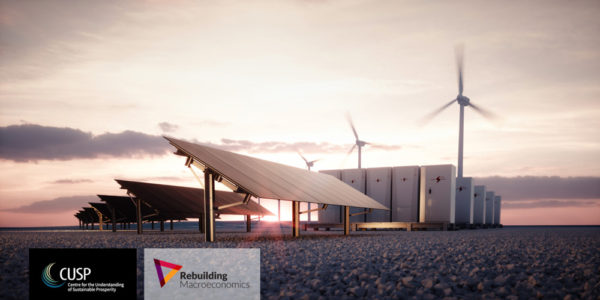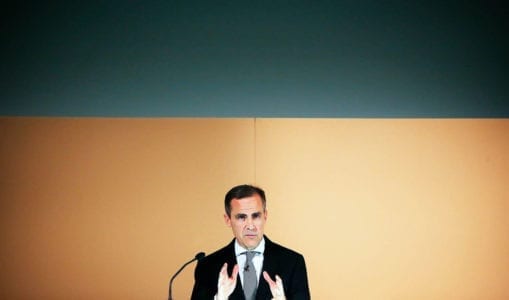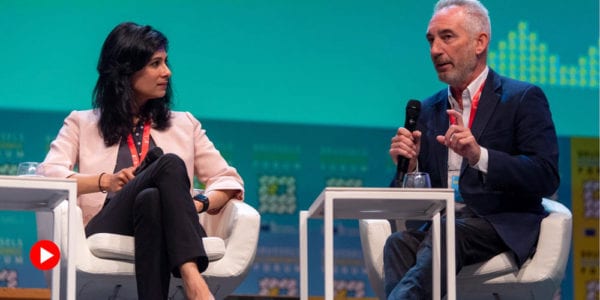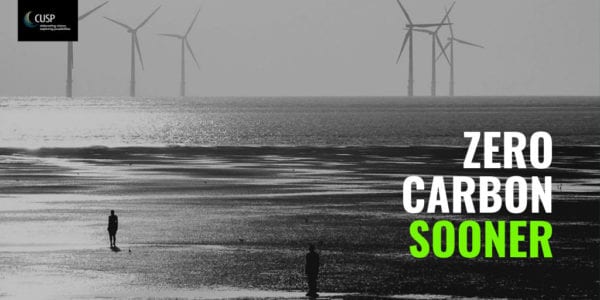THEMES / SYSTEM DYNAMICS / TRansit
TRansit | Modelling transition risk
Funded by the ESRC’s Rebuilding Macroeconomics network, the broad aim of this project is to develop an agent-based, stock-flow consistent macro-economic model capable of addressing the risks (and opportunities) associated with the transition to a net-zero carbon economy. The project combines elements from economics, finance and physics, as well as a number of sub-disciplines within each of these areas.

Challenge
Climate scientists agree that averting climate breakdown requires a whole-scale transition of the economy away from fossil-fuels to achieve net-zero carbon emissions before the middle of this century. The UK Government has now formally adopted a ‘net zero’ target for 2050. Given the historical responsibility for climate change and the need for economic expansion in the poorest countries in the world, there is a strong argument for developed countries to adopt earlier targets and several developed economies have already done so, some as early as 2035.
The challenge of achieving such a transition is formidable. It demands replacement of entire technologies, supply chains and infrastructures of provision (e.g. for energy, food, and transport) within a timescale considerably shorter than the average asset life associated with these sectors. Such replacement will require directed (or incentivised) investment at a scale usually seen during periods of war or rapid urbanisation, rather than at a scale typical of mature, post-industrial economies. It will also entail widespread changes in the behaviours of households, consumers, producers, investors, shareholders and savers that go well beyond any historically accepted ‘normal’.
Aim
These three features of the transition—rapid structural change, massive investment shifts and ‘post-normal’ behaviours—impose a variety of complex demands on any attempt to understand the macro-economic implications. Our aim in this project is to develop a modelling approach capable of achieving this. To do this, we draw together three existing approaches and integrate them into a novel macroeconomic model of transition risk (TRansit) designed to identify and explore the risks and opportunities in a zero carbon transition. Specifically, the approaches we are using include: 1) agent-based modelling, drawing on insights from evolutionary economics; 2) stock-flow consistent macroeconomics as developed in the post-Keynesian tradition; and 3) the input-output framework familiar to ecological and environmental economics.
Each approach is well-enough known within its own area of the economic literature. Some of them have been applied to transitions in technological systems. To our knowledge this is the first time that all three elements are incorporated into a macro-model aimed at exploring the risks and opportunities associated with the transition to a net-zero carbon society. How these opportunities and risks play out depends crucially on the non-linear interactions between structural change, behaviour, and the financial system that we aim to represent in the model.
The overall aim of the project is methodological. But we also want to illustrate the relevance and importance of this framework to policy-makers, regulators, investors and asset managers by applying the framework to specific problems and challenges. For example, we model the risks associated with the stranding of fossil fuel assets. We also intend the framework to be useful in exploring the dynamic implications of changes in the energy return on energy investment as technology (and resource quality) changes. Finally, we hope to apply the TRansit model to the task of exploring the financial and distributional implications of large-scale investment efforts such as the ‘Green New Deal’.
Findings
A fundamental lesson learned from our modelling work was the importance of the stabilising role played by government. As a large, relatively homogeneous economic actor in a universe of much smaller, heterogeneous agents, each of whom is operating under conditions of uncertainty, incomplete information and bounded rationality, government has the potential to operate as a powerful ‘automatic stabiliser’.
The project also demonstrated the ability of an AB-SFC framework to simulate the complex, emergent behaviour of a mature, industrial economy under conditions such as those likely to be encountered during a rapid transition towards net zero carbon. We were able to illustrate several key mechanisms through which transition risks are transmitted and to show how the complex interactions between these mechanisms may lead to a protracted period of instability.
Our simulations showed, for instance, how energy price rises and increased green investment can represent opposing forces on aggregate demand during the initial phase of a fast transition from brown to green energy. We identified circumstances under which these opposing forces can lead to the stranding of assets, an increase in loan defaults and a period of financial instability that extends beyond the energy sector, giving rise to what Carney has called the ‘pro-cyclical crystallisation of losses‘. We also highlighted the risk that such conditions can lead to higher income inequality.
None of these effects is necessarily fatal to a successful transition. But they highlight the need to recognise the economy as a complex dynamic system and to develop tools (such as TRansit) which can help policymakers to understand both the impacts and how to address them. The Modelling Transition Risk grant is now closed. But our work on TRansit is ongoing. The model itself is available online. Those interested in using it and developing it are welcome to do so. The immediate focus of the TRansit team will be on improving the calibration of the model, generating a wider range of transition scenarios and simulating the effectiveness of policies aimed at mitigating transition risk.
△ Overview of Transition Risk mechanisms
Project Team
The project is hosted at the University of Surrey, under the direction of Prof Tim Jackson. Co-investigators are Dr Andrew Jackson (University of Surrey), Prof Tim Foxon (University of Sussex), Dr Tommaso Ciarli (University of Sussex), Dr Marco Valente (University of L’Aquila, Italy) and A/Prof Florian Botte (Université du Littoral Côte d’Opale).
Contact
For further information, please contact info@cusp.ac.uk.













